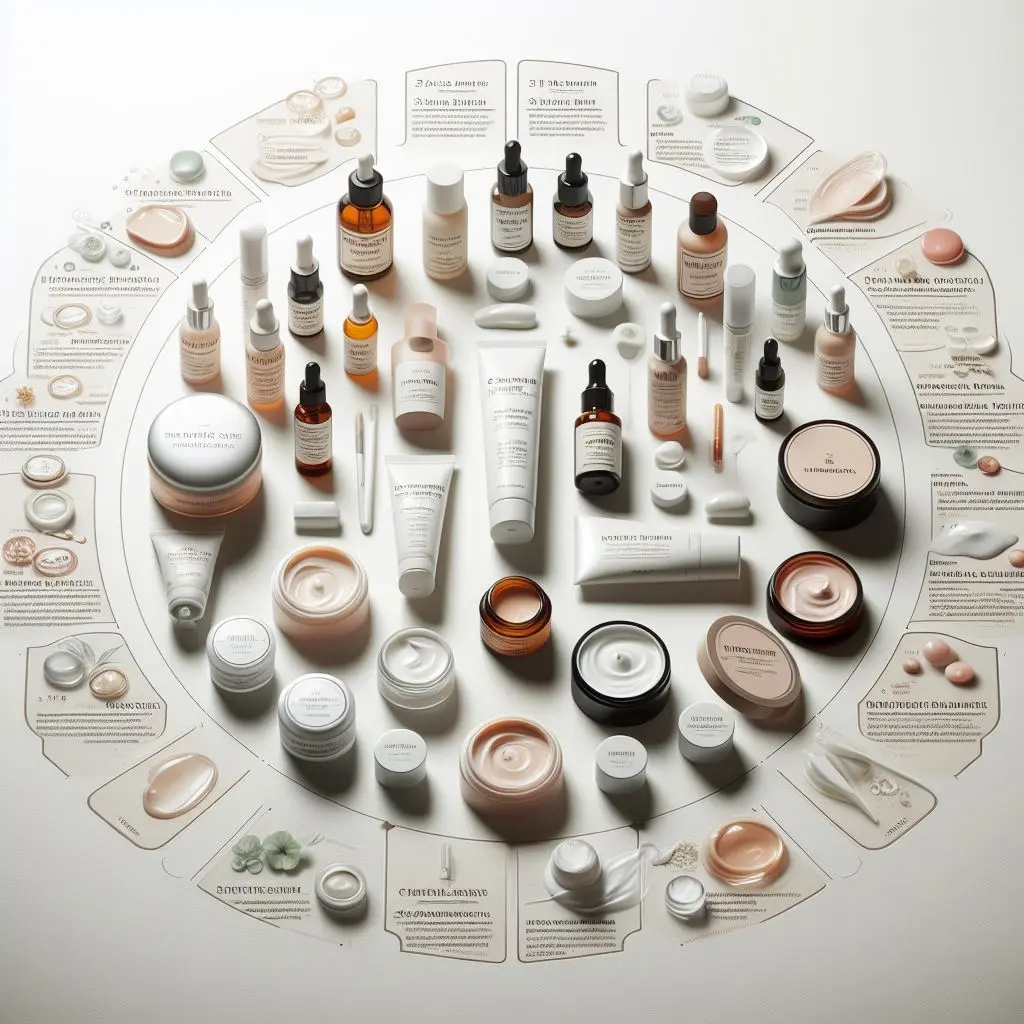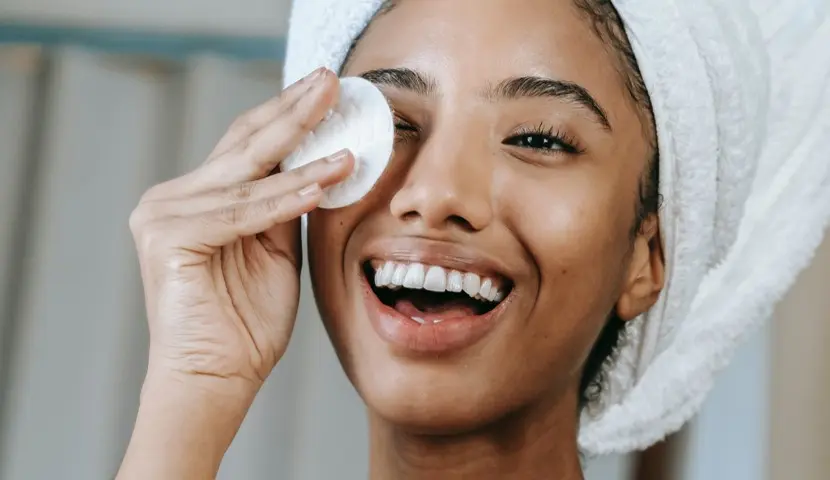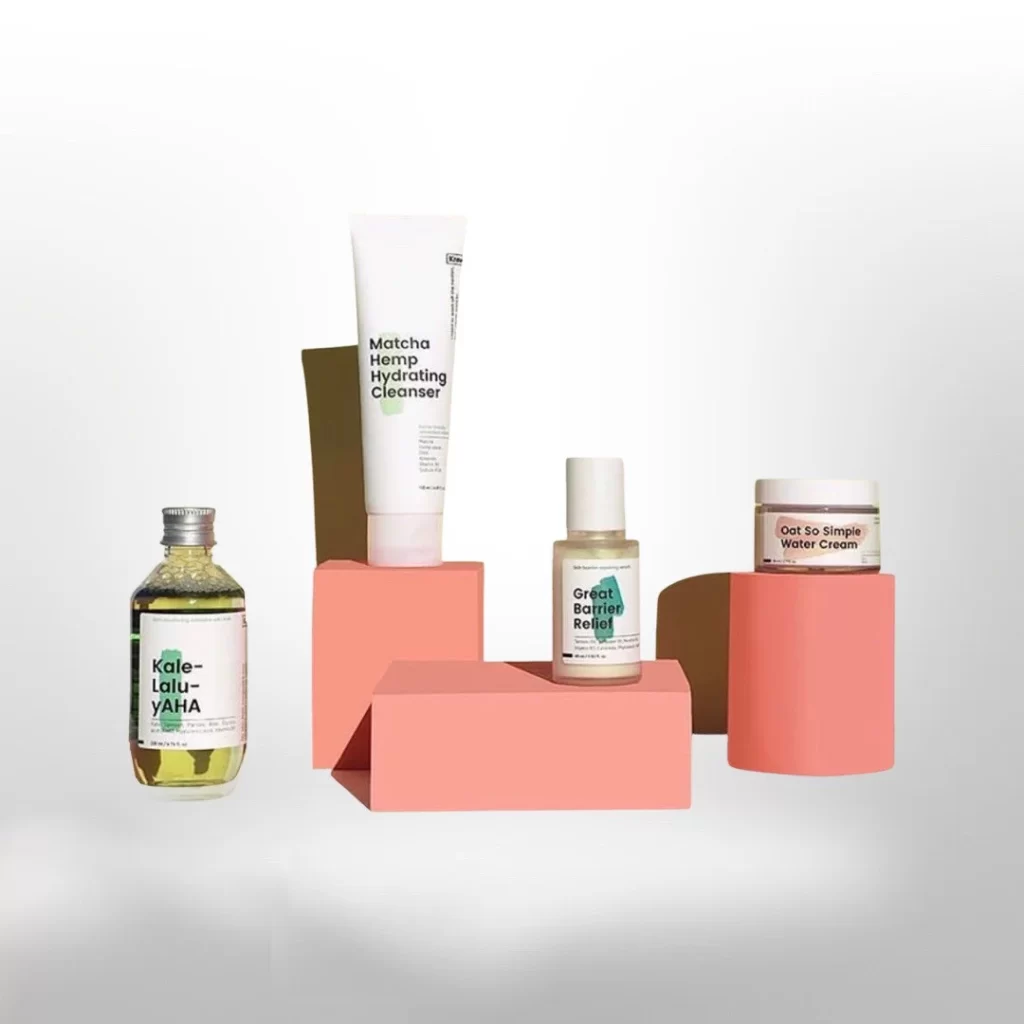Back in the 1950s, scientists started looking into how to fix dry skin, and they found out that having a low moisture content in your skin is a big reason for dryness. Fast forward 50 years, and these skincare scientists have been working hard to figure out how to keep our skin hydrated and we now understand that to treat symptoms of dry skin, you can use special ingredients that either lock in moisture (occlusive) or attract more moisture to your skin (humectants) and by smoothing the rough surface with an emollient. A good moisturizer usually contains both humectant and occlusive ingredients.
When it comes to moisturizers, their mission is crystal clear: enhance the water content in your skin’s outermost layer, known as the stratum corneum (SC). They achieve this goal through these strategies, each contributing to a hydrated, radiant complexion.
Preventing Water Loss: Occlusive Ingredients
How Do They Do It?
Moisturizers use occlusive ingredients as the first line of defense. These ingredients create a protective shield on your skin’s surface, preventing precious moisture from evaporating into the air. Think of it as a cozy blanket that locks in hydration, ensuring your skin remains comfortably moisturized.
Strengthening the Skin Barrier
The cornerstone of enhancing the skin’s barrier lies in providing crucial components such as fatty acids (like linoleic acid), ceramides, cholesterol, and controlling the calcium gradient. This not only strengthens the skin’s integrity but also reduces water loss, supporting a healthy moisture balance.
Enhancing Water Retention
Attracting and Holding Moisture
Another strategy involves increasing the skin’s ability to hold onto water. Natural moisturizing factors (NMF), glycerin (glycerol), and humectants like hyaluronic acid play pivotal roles. Increasing their levels will help skin hold onto water.
Enhancing Absorption: Aquaporin Channels
How does the skin absorb important components for hydration?
moisturizers enhance the skin’s ability to absorb vital elements like glycerol and water. This is facilitated through aquaporin channels present in our skin.
In summary, moisturizers share a common objective: to elevate the water content in your skin. They achieve this by preventing water loss with occlusive ingredients, reinforcing the skin barrier with essential components, promoting water retention through humectants, and optimizing absorption. Understanding these strategies empowers you to select the perfect moisturizer for your skin’s unique needs, ensuring a well-hydrated and resilient complexion.
Occlusives
At their core, occlusives act as a protective shield for your skin, slowing down something known as transepidermal water loss (TEWL). Think of TEWL as the process where your skin loses moisture to the surrounding air. Occlusives step in to put a halt to this moisture escape.
Occlusives are usually oily substances with a unique talent—they can dissolve fats. This quality makes them popular additions to skincare cosmetics. Occlusive agents are only effective while present on the skin, once removed, TEWL returns to the previous level. When it comes to treating dry skin, occlusives are a top choice. Here’s why:
- Emollient Magic: Occlusives provide a silky, emollient effect on your skin. This not only keeps your skin feeling smooth but also reduces TEWL, locking in much-needed moisture.
- Heavy Hitters: Two standout occlusive ingredients, petrolatum, and mineral oil, offer remarkable benefits. But petrolatum has a greasy feeling feeling which most people don’t like.
- Variety in Choices: Beyond petrolatum and mineral oil, you’ll find a range of occlusive ingredients. From paraffin to squalene, dimethicone to soybean oil, oil, grapeseed oil, propylene glycol, lanolin, and beeswax, there are options to suit different preferences and skin types.
- Natural Delights: “Natural” oils like sunflower oil are gaining popularity for their occlusive properties, catering to those who prefer a more organic approach.
Balancing Act
It’s important to strike a balance. While occlusives work wonders, excessive TEWL reduction, by more than 40%, isn’t recommended. Why? Because it can lead to maceration and increased bacterial activity—a skin concern defined as the softening and breaking down of skin resulting from prolonged exposure to moisture.
Humectants
Humectants have a remarkable ability to attract and retain water. They are like magnets for moisture, capable of drawing it from both the atmosphere and the deeper layers of the skin. Humectants are skilled at tapping into atmospheric humidity when it’s above 80%, as well as sourcing moisture from the underlying epidermis. Their primary role is to draw water into the skin, replenishing its hydration levels. However, in low-humidity conditions, they may inadvertently extract moisture from the deeper layers, potentially leading to increased skin dryness.
To maximize their effectiveness, humectants often join forces with occlusives. This harmonious partnership ensures that while humectants attract and hold moisture, occlusives create a protective shield, preventing water loss. Together, they maintain the delicate equilibrium of skin hydration.
Smooth Skin Illusion
One remarkable effect of humectants is their ability to cause a slight swelling of the stratum corneum (SC). This leads to the perception of smoother skin with fewer visible wrinkles. Consequently, many moisturizers are marketed as “anti-wrinkle creams,” even though their impact is primarily cosmetic and temporary.
Emollients
Emollients make your skin soft and smooth. They fill the gaps between your skin cells, giving you a velvety surface that feels as good as it looks. emollients can do more than just make your skin soft. Some of them can also help your skin hold onto moisture, Many of them function as humectants and occlusive moisturizers, making them versatile allies in the quest for hydrated and beautiful skin.
Building a Strong Skin Barrier
Understanding the intricate dance of skin barrier components is key to achieving radiant and well-hydrated skin. For years, researchers have delved into the application of three primary lipid components—ceramides, cholesterol, and fatty acids—to enhance skin barrier function and, in turn, promote optimal skin hydration.
The Power Trio: Ceramides, Cholesterol, and Fatty Acids
Imagine lipids as the superheroes of your skin. They work together to create a protective barrier that locks in moisture and keeps out harmful elements. Ceramides, cholesterol, and fatty acids are like the dynamic trio that ensures your skin functions at its best.
Studies have shown that these three essential lipid components are most effective when used together in a specific ratio – 3:1:1:1. This magic blend allows your skin to repair its barrier and maintain optimal hydration levels.



